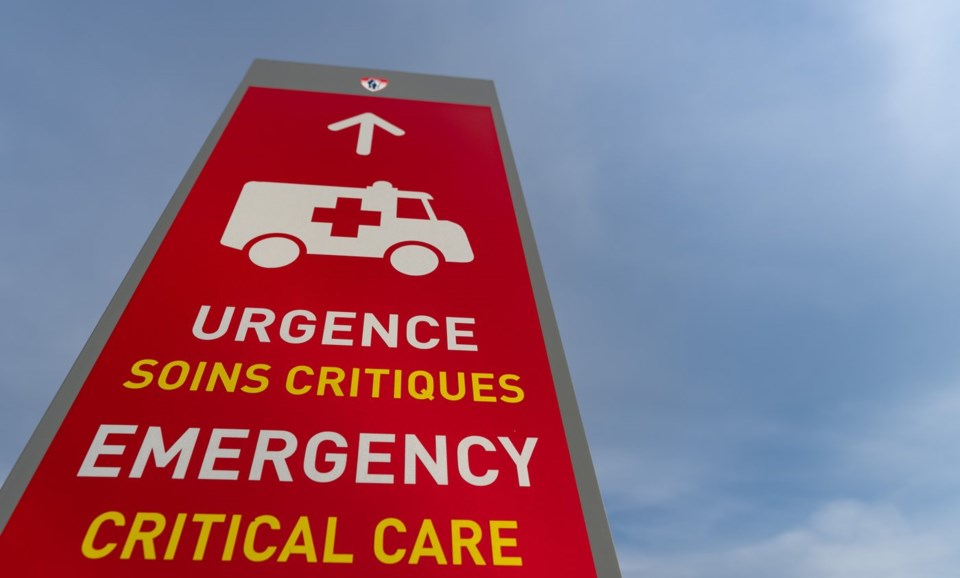TORONTO — Alcohol-related deaths rose about 18 per cent during the pandemic, according to a study that points to the harm of making liquor more available at a time of increased vulnerability.
Researchers with the Public Health Agency of Canada compared alcohol-related deaths and hospitalizations before and after the pandemic, finding 1,600 more deaths than expected.
They also found hospitalizations jumped eight per cent, with an even higher increase of about 14 per cent in 2020 and 2021.
This happened as alcohol retail sales saw the highest increase in a decade – despite an absence of tourists in Canada. The study says provinces designating alcohol as “essential” and allowing liquor stores to remain open during lockdowns while making it easy to access with home delivery, could have undermined public health messaging about its harms.
Lead author Dr. Yipu Shi says these findings confirm the harm of drinking more alcohol, which may be attributed to increases of stress, boredom and worsening mental health during the pandemic.
The study shows certain demographics faced more alcohol-related harm than others, including females, young adults and low income earners, exposing pre-existing disparities in these groups.
Their findings, published Monday in the Canadian Medical Association Journal, examined data between 2016 and 2022 and only included deaths that could be fully attributed to alcohol, such as alcohol liver disease, which accounted for almost 10,800 in total.
They found hospitalizations linked to drinking rose three times more among females than males – 15.6 per cent compared to. 5.7 per cent – which Shi says could have been attributed to higher stress, loneliness, exposure to intimate partner violence, and job loss than males.
The study also reported a 55 per cent increase in mortality for those aged 25 to 44 years old, a “very concerning” spike that suggests younger adults had trouble with drinking before the pandemic, and it only got worse.
Higher alcohol consumption was recorded among the highest income group, but mortality rates for this group were the lowest. Dr. Daniel Myran, Canada’s research chair at the University of Ottawa department of family medicine, says this highlights the fact that people who are lower income tend to experience more harm and face more risk of chronic diseases.
“It's interesting that the richest 20 per cent of neighborhoods see almost half the increase in mortality that the lowest income groups, the lowest income neighborhoods, see. I think that there were very different pandemic experiences for people based on socioeconomic status,” he said.
Shi says the lower prevalence of pre-existing alcohol-related diseases for high income earners could have mitigated the adverse effects of drinking more liquor.
The report also shows regional differences with the Prairies and British Columbia seeing three times the deaths tied to alcohol than in Ontario and the Atlantic provinces, and six to seven times the deaths seen in Quebec.
Researchers say these differences could be tied to public health restrictions, economic impacts, and health care capacity during the pandemic. For example, they say major waves of COVID-19 in Alberta, Manitoba and Saskatchewan likely delayed care for alcohol-related conditions. In contrast, the low infection rate in the “Atlantic bubble” may have translated to more health care capacity and reduced harm.
A rise in alcohol-related deaths has also been noted in the United States – where it jumped 29 per cent – and 19 European countries, where it rose 18 per cent.
The study says the surge in deaths due to alcohol dropped after 2022 as vaccines and COVID-19 treatments became available. But Myran says the pre-pandemic baseline is still a bad state of affairs. Before the pandemic, alcohol use was already a leading cause of mortality in Canada.
The challenge is alcohol control policies are not viewed as a “political win,” Myran says, but expanding alcohol sales to convenience stores, making liquor cheaper, and giving tax breaks, are easy popularity points for politicians. Many provinces allowed liquor stores to start doing booze home deliveries during the pandemic, and still do.
“There really is a very influential and powerful alcohol lobby who meet regularly with decision makers and politicians who are not interested in policies that will reduce the sale of alcohol because that is how their companies make money,” says Myron.
Dr. Tim Naimi, director of the Canadian Institute for Substance Use Research at the University of Victoria, says the rollback of alcohol policies that took place during this period that have persisted, such as making it available on delivery apps, will be among the lasting negative impacts of the pandemic.
“Rather than leading to a strengthening of alcohol policies during a period when people were even more vulnerable than usual, it led to an erosion of those policies, and that has continued,” Naimi said.
Naimi said he hopes this study will spur reflection for policy makers.
This report by The Canadian Press was first published Feb. 3, 2025.
Canadian Press health coverage receives support through a partnership with the Canadian Medical Association. CP is solely responsible for this content.
Hannah Alberga, The Canadian Press




